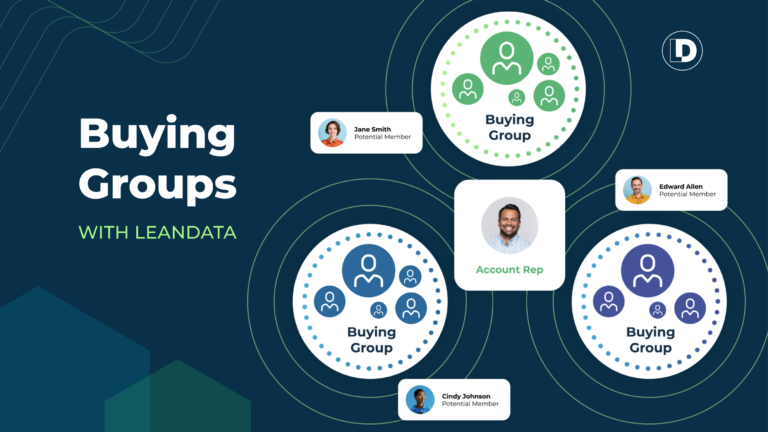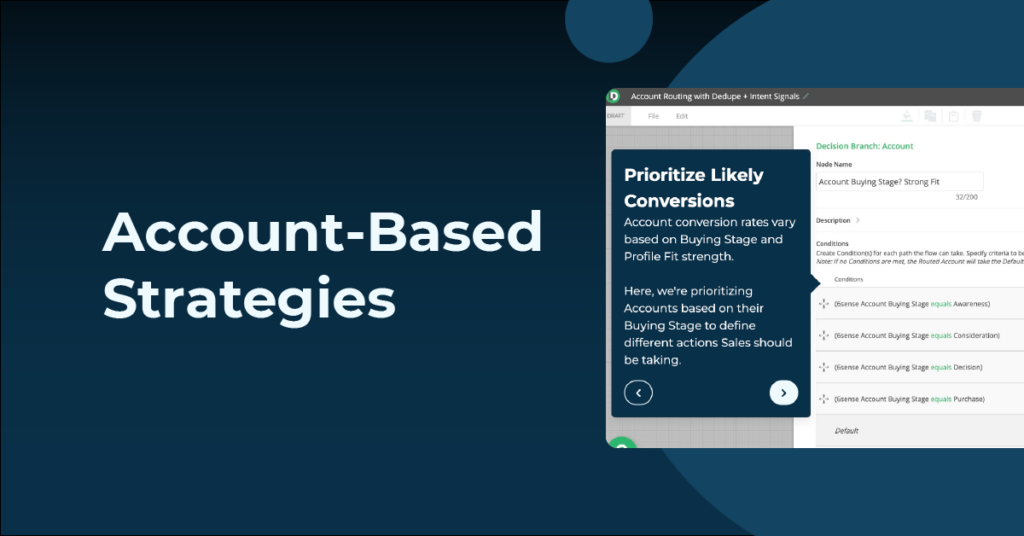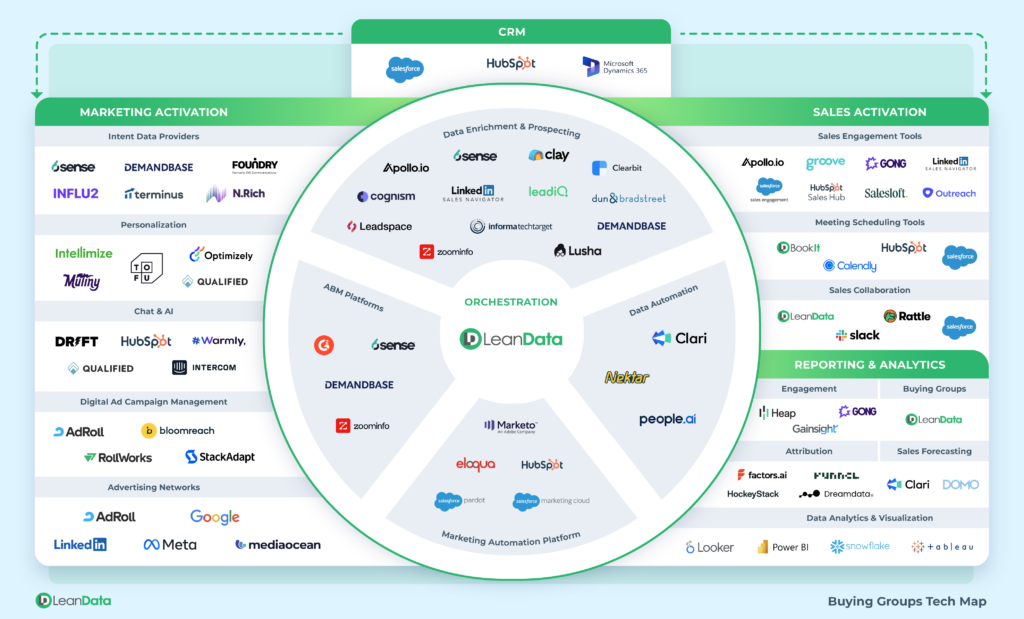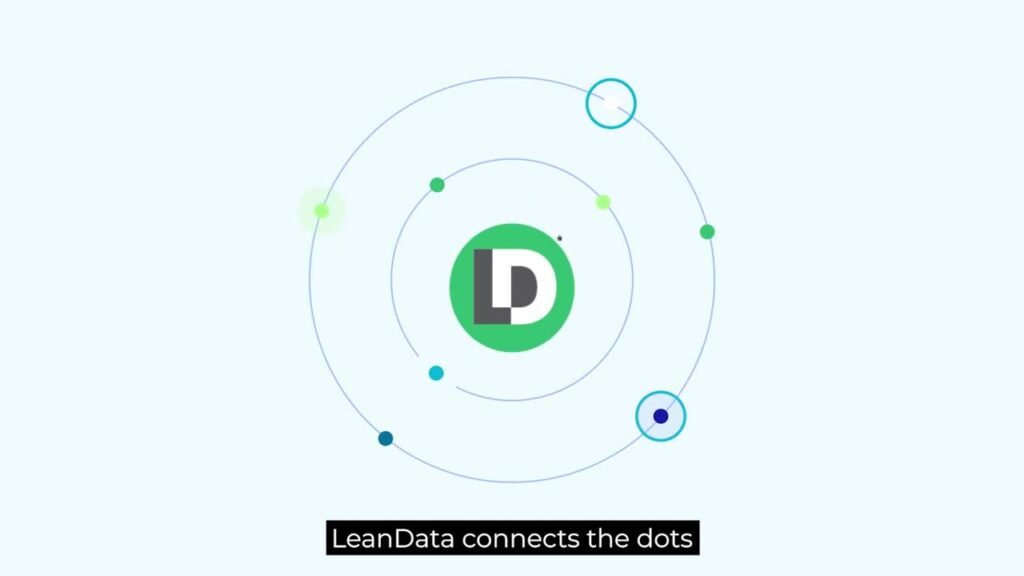2025 go-to-market strategies—are we really going to stick with the same playbook as 2024? Doubt it. The best in class are already exploring new opportunities. What’s driving the shift? Plenty of trends but among them: AI not being a buzzword anymore—you need to leverage it in a strategic way. Traditional KPIs like MQLs? They’re on their way out. So, what should you focus on measuring? And most importantly: how do you align your teams to create one cohesive strategy that drives growth? We’ve gone straight to the frontlines to uncover what’s working and what’s next.
Key Takeaways:
- Learn how top teams are leveraging AI, PLG models, and data-driven insights to outperform competitors.
- Discover why traditional KPIs like MQLs are fading and what metrics leaders are prioritizing instead.
- Understand how the best companies are breaking silos and creating seamless collaboration across sales, marketing, and CS.
Curious about LeanData? Take a quick, interactive tour to discover how you can effortlessly streamline your account-based motions and turn intent into action. Check it out!
Read the full webinar transcript below.
Jason Hubbard: All right, we are live! Hi, everybody, thanks for joining. My name is Jason Hubbard. I’m COO here at RevGenius. We’re going to give it just a couple of minutes for everybody to join and trickle in here. In the meantime, Gina posed an icebreaker question. Drop in where you’re joining from and your afternoon pick-me-up snack. Coffee works for me—my afternoon pick-me-up snack. Gina, apples and peanut butter—that’s a good one. I’m also joining from the Knoxville area, so Gina and I are actually geographic neighbors, believe it or not. All right, we’re going to get going now.
Today’s topic is “Go-to-Market Trends 2025: What the Best-in-Class Are Doing Differently.” A very germane topic given the shift away from growth at all costs. Most go-to-market plans and strategies broke a couple of years ago, and many companies are still scrambling to figure out what to do. I have two great panelists here today. I’ll let them introduce themselves. Lindsay, want to kick us off?
Lindsay Cordell: Hi, everyone. I’m Lindsay Cordell, Senior Analyst at GTM Partners. We’re a consultancy and thought leadership firm studying go-to-market strategies. We partner with technology companies, like LeanData, to understand what’s happening behind the scenes and provide guidance and advice.
Brian Birkett: Hi, everyone. I’m Brian Birkett, Chief Sales Officer at LeanData. We’re a revenue orchestration platform, and I’m excited to be here.
Jason Hubbard: Thanks! Real quick, my background is in entrepreneurship, marketing, demand generation, growth, and partnerships—this topic is near and dear to my heart. Let’s jump into our first question.
What’s driving the shift in go-to-market strategies?
Jason Hubbard: AI is on everyone’s lips. What role do you see AI playing in shifting the go-to-market landscape this year?
Brian Birkett: It’s not just AI; it’s also efficiency. Every revenue organization I speak with, including our own, is driving towards efficiency. AI helps squeeze more from existing resources—tech, people, or processes. We’ve incorporated AI tools to help SDRs with outbound copy and AI-enabled dialers for better connect rates. AI fuels efficiency.
Lindsay Cordell: I believe it’s borderline unacceptable not to use AI daily. AI helps you be faster, smarter, better informed, and more efficient. Companies experimented in 2024, but in 2025, there will be major organizational shifts driven by AI. Tasks like long-form content writing or social content will be streamlined. Those embracing AI will build pipeline and revenue efficiently. Those who don’t will struggle competitively.
Jason Hubbard: It sounds like you’re suggesting a shift from a point solution to structural solutions, rethinking how the entire organization works.
Lindsay Cordell: Exactly. Customer teams, marketers, and sales need to restructure how they operate. AI will handle tedious tasks, allowing people to focus on higher-value opportunities.
What role does PLG play?
Jason Hubbard: Where do you see Product-Led Growth (PLG) fitting into the shifting GTM landscape?
Lindsay Cordell: PLG skews toward lower ACV and higher churn, often requiring a land-and-expand approach. It’s essential to separate PLG pipeline from main revenue to manage churn expectations. PLG is excellent for generating prepaid pipeline and should be strategically leveraged, depending on product complexity.
Brian Birkett: Full PLG might not fit enterprise sales, but PLG elements are increasingly incorporated—enabling prospects to experience products earlier in the funnel before human interaction. It becomes part of demand generation rather than full self-serve.
Jason Hubbard: Yes, it sounds like using PLG strategically within demand generation is key.
Data-Driven Decision Making
Brian Birkett: Data-driven decisions rely on identifying intent signals clearly tied to next steps. It’s crucial to act promptly and accurately on these signals to maintain efficiency.
Lindsay Cordell: Companies should move away from opinion-based decisions towards data-driven decision-making. Metrics must reflect actual performance and outcomes. However, beware of over-analyzing small data sets or isolated metrics without context.
Jason Hubbard: Agreed, statistical knowledge is becoming an essential skill for marketers.
Are MQLs dying?
Lindsay Cordell: MQLs aren’t dying but must evolve from arbitrary scoring to genuinely valuable, data-backed leads. Good MQL management involves clear communication between sales and marketing about lead quality.
Brian Birkett: MQLs aren’t dead, but companies are shifting towards a buying-group-focused approach, where multiple stakeholders at a company indicate true buying intent. It’s more opportunity-focused than traditional lead scoring.
Aligning Teams for GTM Success
Brian Birkett: Successful alignment includes shared pipeline goals, weekly joint meetings, clear definitions, documented processes, SLAs, and strong RevOps oversight.
Lindsay Cordell: Alignment means clearly defined metrics across teams. Friction indicates inefficiencies. Successful GTM strategies require consistent cross-functional collaboration and a clear understanding of shared goals.
Tech Stack and AI Use Cases
Lindsay Cordell: AI can significantly enhance SEO content, rapid content repurposing, and personalized messaging through advanced prompt engineering. It’s critical for volume and targeted, persona-based content.
Brian Birkett: AI excels at content repurposing, deep account research, and automating reporting. These tasks save substantial time and improve efficiency.
Jason Hubbard: Managing a tight tech stack means clearly defining problems the tech solves and continuously measuring its effectiveness. Great insights. Thanks, everyone. If you have questions, please reach out. We’ll send a recap and recording soon.
Thanks again, Brian and Lindsay, for a fantastic discussion!











